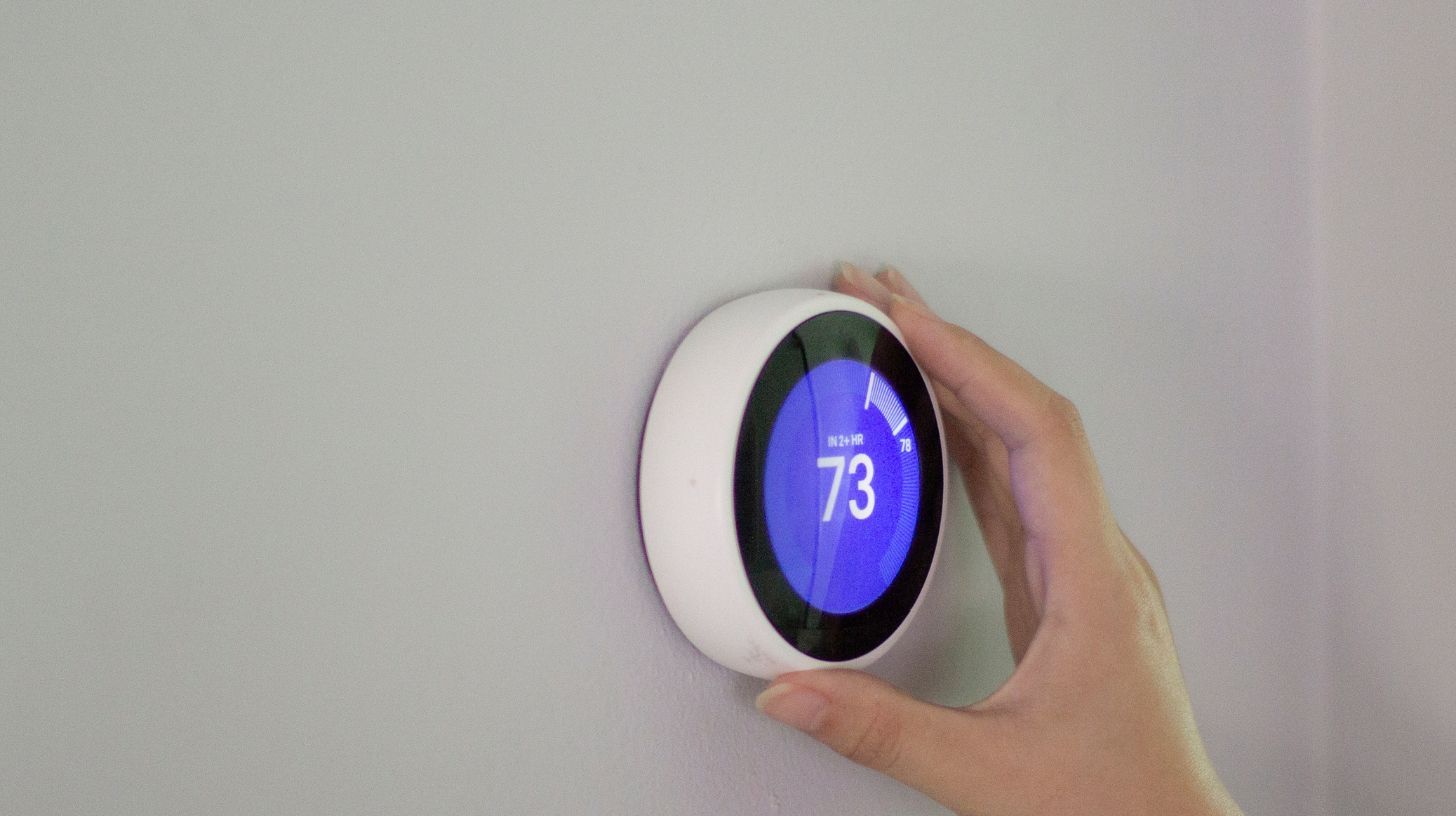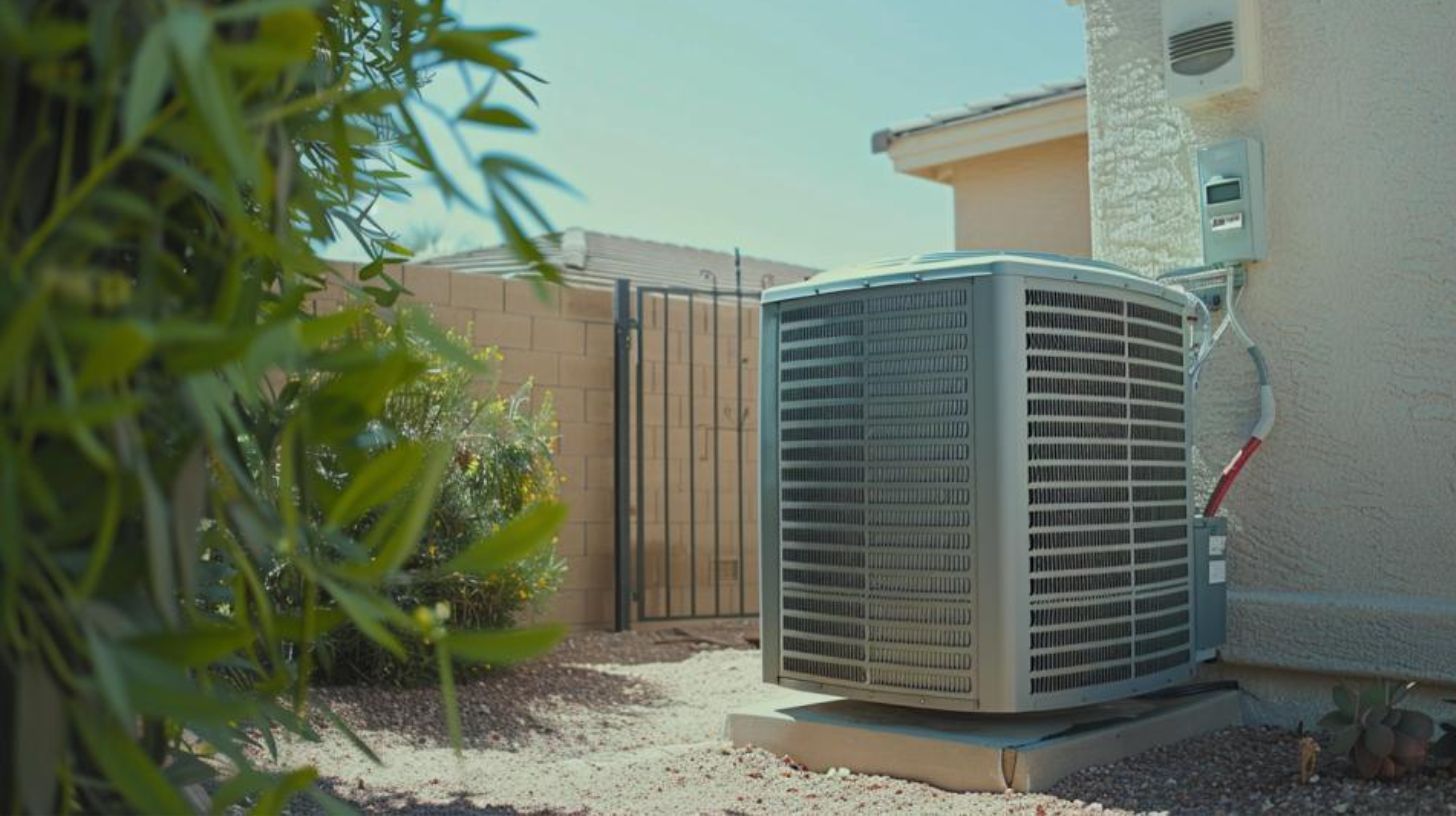
Are digital thermostats better than analog?
TLDR:
Digital thermostats offer precise temperature control, energy efficiency, and automation features, making them ideal for modern homes. They provide consistent comfort, reduce energy costs, and offer greater convenience and control over home climate settings. Digital thermostats are a wise choice for those seeking efficiency, precision, and automation in temperature regulation.
The evolution of thermostats has been remarkable, with advancements going from simple, mechanical analog models to digital models that are programmable and come with automation options. In this article, we will discuss the advantages of digital thermostats for modern homes, the energy efficiency comparisons of analog vs. digital thermostats, and the pros of digital thermostats when it comes to programming and automation.
The Evolution of Thermostats: Analog vs. Digital
The evolution of thermostats has seen regular developments as technology advances, bringing us from an analog device to a digital device. A traditional analog thermostat has a lever, dial, or knob which is turned to select the desired temperature; on the other hand, digital thermostats operate a sensor which detects room temperature and feeds the information into a memory chip. This chip is programmed to match user preferences, and an LCD display shows the current set temperature along with any other necessary information.
Digital thermostats offer more control than their analog counterparts as they offer a range of programmable features which help customize the temperature settings to one’s needs. These features also allow for more energy-efficient use of heating and cooling systems, as the user can determine what times it should be active and at what temperature. This in turn may result in lower energy bills as it is a more effective method of controlling the environment of the home.
The digitization of thermostats also has made the process of using them easier and more convenient. Instead of turning a dial to select a temperature, digital models often feature touch screens that allow precise selection of temperature settings, and also additional features such as the ability to track energy usage. Digital thermostats have been designed specifically for automated use and thermostat-controlled HVAC systems. The user is able to program the device to regulate room temperature depending on the time of day, and can also possess an automated safety feature that will shut the system off in case of emergency.
The presence of digital thermostats presents certain advantages over an analog device which require attention be given to their installation and maintenance. Whereas dial thermostats must be calibrated regularly and can easily malfunction due to lack of maintenance, digital versions require less frequent adjustments and are far less likely to malfunction. Lastly, perhaps most importantly, digital thermostats allow for much greater control and precision over the temperature in your living space. Therefore, they offer greater levels of efficiency and comfort.
Advantages of Digital Thermostats for Modern Homes
Digital Thermostats are now being increasingly used in homes to better manage and maintain the desired temperature settings. These devices can provide a number of advantages over traditional thermostats, helping to improve the comfort of the home, reduce energy costs, and provide more control over the climate.
One of the primary benefits of digital thermostats is their ability to accurately maintain the desired temperature in the home. Traditional thermostats can often struggle with accurate temperature control, which can make home environments uncomfortable due to being either too hot or too cold. Digital thermostats offer greater precision and therefore much more consistent temperatures.
In addition to improved temperature control, digital thermostats can also help to reduce energy costs. A basic digital model will be able to regulate the temperature while reducing the amount of energy used, which can be an effective way to save money on utility bills. More advanced models allow for greater control, such as setting temperature schedules for different days and times, so the user can be sure the temperature is only running when necessary.
Digital thermostats also offer the advantage of being easy to manage and adjust. As opposed to more traditional models, there is often no need for complex wiring or physical adjustment to the thermostat itself. This makes it quicker and easier to adjust the settings on the thermostat itself, or even remotely with some more modern options.
Finally, digital thermostats often offer enhanced features such as tracking humidity levels. With this information, the user can further adjust the temperature to ensure maximum comfort even while reducing energy costs. Furthermore, some thermostats come with additional sensors that allow them to track other climate conditions.
Overall, digital thermostats can provide a number of advantages for modern homes – from improved temperature control to enhanced features – while still helping to reduce energy costs. That being said, due to their price and technology, digital thermostats are not suitable for all homes. Nevertheless, these devices can be a great addition to many homes, offering an efficient and often user-friendly way to regulate the temperature in the home.
Energy Efficiency Comparison: Analog vs. Digital Thermostats
Analog and digital thermostats are both effective at regulating and controlling the temperature of the home, but each has its own benefits and drawbacks in terms of energy efficiency. It is important to consider your needs and lifestyle to determine which type of thermostat is best for your home.
Analog thermostats are simpler in terms of design, and generally require less maintenance than their digital counterparts, making them easier to install and use on a day-to-day basis. Analog thermostats typically rely solely on manual settings, as opposed to digital thermostats which offer users the ability to program their settings on a predetermined schedule. While they may be easier to install, analog thermostats are often considered to be less energy efficient than digital thermostats, as they may not be able to accurately detect variations in temperature the way digital thermostats do, which may lead to unnecessarily large energy bills.
Digital thermostats are more sophisticated, and generally offer more features than analog thermostats. Digital thermostats can be programmed to automatically adjust the temperature in accordance with the number of people in the home and certain pre-programmed settings. As a result, they are generally considered to be more energy efficient than analog thermostats. Digital thermostats are also generally easier to use since they typically offer more visual control for users to make necessary adjustments. Additionally, most digital thermostats offer an app-based setup as opposed to the traditional analog version, allowing more remote control and the ability to view energy consumption reports.
When making your choice between analog and digital thermostats, it is important to consider your needs and lifestyle. If you are looking for a modern, technology-filled home, then a digital thermostat may be the best option for your energy efficient needs. However, if older technologies or more manual settings suit your needs better, then an analog thermostat may be the right choice for you. Either way, it is important to weigh the benefits of each type of thermostat prior to making your final selection.
Programming and Automation: Digital Thermostats’ Edge
Programming and automation in the home can make daily life more comfortable and efficient. Digital thermostats that can be programmed offer one of these advances, as they are fast gaining in popularity. The main benefit of these thermostats is better temperature control for the home, namely an efficient managerial system to regulate and balance temperatures between rooms and create energy efficient environments. Programmable digital thermostats are designed to improve the comfort of the home by minimizing changes in temperature from hour to hour, which can have a significant impact on energy use and improve both comfort and savings. Additionally, these thermostats can be set to turn on or off at specific times, as well as enable users to pre-program energy efficient temperatures for specific time periods in the future.
Digital thermostats can also provide a more accurate readout than analog meters, with their automated programming often helping to maintain pre-set temperatures for twelve or even twenty-four hour periods. This also allows the thermostat to play an active role in managing humidity and air conditioning levels in the home. Furthermore, building owners and homeowners alike can opt for smarter thermostats that come equipped with zoned temperature control systems. Zoned temperature control systems allow different temperature settings for different areas in the home, allowing rooms with higher traffic to be set at a lower temperature than those that are seldom used. This in turn encourages users to save energy by avoiding wasteful use of heat and air through unnecessary and ill-timed climate changes.
Modern digital thermostats often boast additional features, such as connecting to the internet or home automation network and using Wi-Fi signals to turn off or turn on the heating system when the user is away from home. This is either done manually, or through a pre-programmed application, ensuring there is no khugel consumption during times of absence. Consequently, these thermostats provide users greater control over comfort and consumption, making them a more effective way to manage thermostats than traditional analog systems. Furthermore, they often offer higher precision in temperature control than the manual thermostats of the past, ensuring greater accuracy and control.
The advantages of digital thermostats are undeniable, as they offer convenience, ease of use, improved temperatures control, and money savings. As such, digital thermostats are proving to be a welcome addition to the home, offering automated climate control that can save users both money and comfort over the long run.
Final Thoughts
The evolution of thermostats from the traditional analog varieties to the modern digital models signifies the advancement of technology in helping to control home temperatures with greater efficiency. Digital thermostats have many advantages for modern homes due to their enhanced energy efficiency, precision, and programmer function options to automate temperature regulation. Overall, the digital thermostat is the obvious choice for a modern home, allowing homeowners to effectively control their home temperatures with precision control, ensure energy efficiency, and take advantage of automation options.
Frequently Asked Questions
What is the primary difference between digital and analog thermostats?
The primary difference between digital and analog thermostats is that digital thermostats are typically more accurate and precise than analog ones. Digital thermostats typically use inputs from a temperature sensor to directly control the temperature in a room, whereas analog thermostats rely on manually adjusted knobs or levers to adjust the temperature. Digital thermostats also typically have more features and can be controlled remotely or with a mobile device.
Are digital thermostats more accurate than analog thermostats?
Yes, digital thermostats are more accurate than analog thermostats. Digital thermostats use sensors to measure the actual temperature of a room instead of measuring the air pressure caused by changes in temperature. Digital thermostats also have the ability to read temperatures more accurately than analog thermostats.
Do digital thermostats save more energy compared to analog ones?
Yes, digital thermostats can save more energy compared to analog ones. Digital thermostats are designed to be more precise and consistent in temperature control, so they are better at maintaining a desired temperature than analog thermostats. As a result, digital thermostats will likely use less energy than analog ones to maintain a consistent temperature. Additionally, digital thermostats will often include energy-saving features, such as programmable settings, to further conserve energy.
Are digital thermostats more expensive to purchase and install?
The initial cost of purchasing and installing a digital thermostat may be more expensive than a traditional model but may be offset by savings in the long run in terms of energy consumption. Digital thermostats allow for better airflow management and can be programmed to meet individual heating and cooling needs, which can lead to greater energy efficiency.
Can I install a digital thermostat myself or do I need professional help?
Yes, digital thermostats are generally easy to install yourself, especially when replacing an existing thermostat, since the wiring is already in place. However, in order to ensure that the new thermostat is compatible with your system and that it is installed correctly, it is always best to have a qualified HVAC technician do the installation to ensure that it is done correctly.
Table of Contents
Other Blogs You May Be Interested In
Categories












Leave a Reply